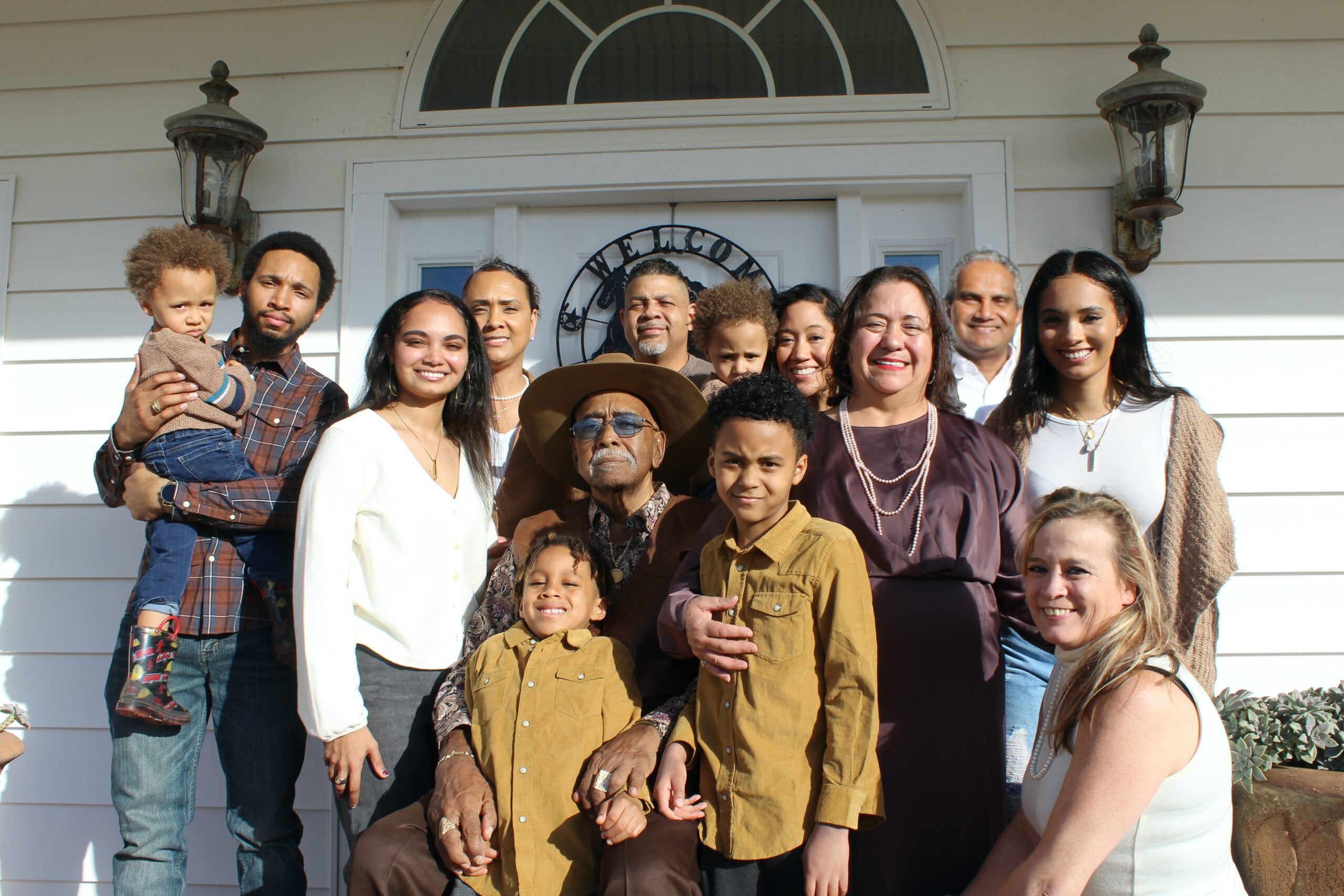-
Place of Birth
Illinois
-
Tribal Affiliation
Sharakhi
-
Surname Heritage
Ireland
Riley History, Family Crest & Coats of Arms

The Riley surname originally appeared in Gaelic as O Raghailligh, which means descendant of Raghallach.
Early Origins of the Riley family
The surname Riley was first found in County Cavan. They were known as the Princes of East Breffny, descended from Raghallaigh, Prince of Breffny in 981. They maintained their territory during the Anglo/Norman invasion of Strongbow, Earl of Pembroke, in 1172, but Sir John O’Reilly, Prince of Breffny surrendered the principality to Queen Elizabeth I thereby ensuring that his territories remained intact.
Early History of the Riley family
This web page shows only a small excerpt of our Riley research.
Riley Spelling Variations
A name was often recorded during the Middle Ages under several different spelling variationsduring the life of its bearer because literacy was rare there was no real push to clearly define any of the languages found in the British Isles at that time. Variations found of the name Riley include O’Reilly, O’Reilley, O’Reily, O’Rielly, O’Riely, O’Riley, O’Rilley, Reel and many more.
Early Notables of the Riley family (pre 1700)
Notable amongst the family name at this time was Count John O’Reilly; Edmund O’Reilly (1598-1669), Roman Catholic Archbishop of Armagh; Hugh Reily (Reilly or O’Reilly) (c.1630-1695) Irish Member of Parliament for Cavan Borough in the Patriot Parliament of 1689; Philip Og O’Reilly (Gaelic was Phillip Óg O’Raghallaigh)(c.1640-1703).
Riley World Ranking
In the United States, the name Riley is the 187th most popular surname with an estimated 131,811 people with that name. [1] However, in Canada, the name Riley is ranked the 753rdmost popular surname with an estimated 7,095 people with that name. [2] And in Australia, the name Riley is the 245th popular surname with an estimated 14,086 people with that name. [3]New Zealand ranks Riley as 267th with 2,257 people. [4] The United Kingdom ranks Riley as 176th with 31,184 people. [5]
Riley migration to the United States +
Death and immigration greatly reduced Ireland’s population in the 19th century. For the native Irish people poverty, hunger, and racial prejudice was common. Therefore, thousands left their homeland to seek opportunity in North America. Those who survived the journey and the quarantine camps to which they arrived, were instrumental towards building the strong developing nations of the United States and the future Canada. By far, the largest influx of Irish settlers occurred with Great Potato Famine during the late 1840s. These were employed as construction or factory workers. An examination of passenger and immigration lists has shown early immigrants bearing the name Riley:
Riley Settlers in United States in the 17th Century
- Garrett Riley, aged 24, who arrived in Virginia in 1634 aboard the ship “Bonaventure” coming via St. Domingo [6]
- Miles Riley, aged 20, who arrived in Virginia in 1634 aboard the ship “Bonaventure” coming via St. Domingo [6]
- Elizabeth Riley, aged 18, who arrived in Virginia in 1635 aboard the ship “Transport” [6]
- Richard Riley, who arrived in Virginia in 1649 [6]
Riley Settlers in United States in the 18th Century
- Henry Riley, who landed in Rowley, Massachusetts in 1710 [6]
- Terence Riley, who arrived in Pennsylvania, Virginia or Maryland in 1773 [6]
Riley Settlers in United States in the 19th Century
- Johan Riley, who arrived in Pennsylvania in 1803 [6]
- Nancy Riley, who arrived in Philadelphia, Pennsylvania in 1811 [6]
- Hugh Riley, aged 26, who arrived in New York in 1812 [6]
- Edward Cost Riley, who landed in New York in 1820 [6]
- Martin Riley, who landed in New York in 1822 [6]
Riley Settlers in United States in the 20th Century
- Anthony Riley, who arrived in Wisconsin in 1922 [6]
Some of the first settlers of this family name were:
Riley Settlers in Canada in the 18th Century
- Corns Riley, who arrived in Nova Scotia in 1750
Riley Settlers in Canada in the 19th Century
- Margaret Riley, who arrived in Nova Scotia in 1828
- Catherine Riley, who landed in Nova Scotia in 1832
- Samuel Riley, aged 48, a farmer, who arrived in Saint John, New Brunswick aboard the ship “Edward Reid” in 1833
- Bartholomew Riley, who arrived in Nova Scotia in 1840
- Bernard Riley, who landed in Nova Scotia in 1841
Emigration to Australia followed the First Fleets of convicts, tradespeople and early settlers. Early immigrants include:
Riley Settlers in Australia in the 19th Century
- Mr. Adam Riley, British Convict who was convicted in Stafford, Staffordshire, England for 7 years, transported aboard the “Earl Cornwallis” in August 1800, arriving in New South Wales, Australia [7]
- Mr. Thomas Riley, British Convict who was convicted in Middlesex, England for 7 years, transported aboard the “Earl Cornwallis” in August 1800, arriving in New South Wales, Australia [7]
- Mr. William Riley, British Convict who was convicted in Stafford, Staffordshire, England for 7 years, transported aboard the “Earl Cornwallis” in August 1800, arriving in New South Wales, Australia [7]
- Mr. James Riley, (b. 1777), aged 26, British convict who was convicted in Middlesex, England for 7 years for theft, transported aboard the “Calcutta” in February 1803, arriving in New South Wales, Australia [8]
- Mr. Thomas Riley, British convict who was convicted in Northumberland, England for life, transported aboard the “Calcutta” in February 1803, arriving in New South Wales, Australia [8]
Riley migration to New Zealand +
Emigration to New Zealand followed in the footsteps of the European explorers, such as Captain Cook (1769-70): first came sealers, whalers, missionaries, and traders. By 1838, the British New Zealand Company had begun buying land from the Maori tribes, and selling it to settlers, and, after the Treaty of Waitangi in 1840, many British families set out on the arduous six month journey from Britain to Aotearoa to start a new life. Early immigrants include:
Riley Settlers in New Zealand in the 19th Century
- Mr. Frederick Riley, Cornish settler travelling from Launceston aboard the ship “Eagle” arriving in Wellington, New Zealand in 1841 [9]
- Mrs Mary Riley, Cornish settler travelling from Launceston aboard the ship “Eagle” arriving in Wellington, New Zealand in 1841 [9]
- Mr. John Riley, (b. 1814), aged 28, British cabinet maker travelling from London aboard the ship “Thomas Harrison” arriving in Nelson, South Island, New Zealand on 28th October 1842 [10]
- Mrs. Mary Riley, (b. 1806), aged 36, British settler travelling from London aboard the ship “Thomas Harrison” arriving in Nelson, South Island, New Zealand on 28th October 1842 [10]
- Mr. William Riley, (b. 1833), aged 9, British settler travelling from London aboard the ship “Thomas Harrison” arriving in Nelson, South Island, New Zealand on 28th October 1842 [10]
Riley migration to West Indies +
The British first settled the British West Indies around 1604. They made many attempts but failed in some to establish settlements on the Islands including Saint Lucia and Grenada. By 1627 they had managed to establish settlements on St. Kitts (St. Christopher) and Barbados, but by 1641 the Spanish had moved in and destroyed some of these including those at Providence Island. The British continued to expand the settlements including setting the First Federation in the British West Indies by 1674; some of the islands include Barbados, Bermuda, Cayman Island, Turks and Caicos, Jamaica and Belize then known as British Honduras. By the 1960’s many of the islands became independent after the West Indies Federation which existed from 1958 to 1962 failed due to internal political conflicts. After this a number of Eastern Caribbean islands formed a free association. [11]
Riley Settlers in West Indies in the 17th Century
- Mr. Thomas Riley, (b. 1619), aged 16, British settler travelling aboard the ship “The Dorset” arriving in Barbados in September 1635 [12]


